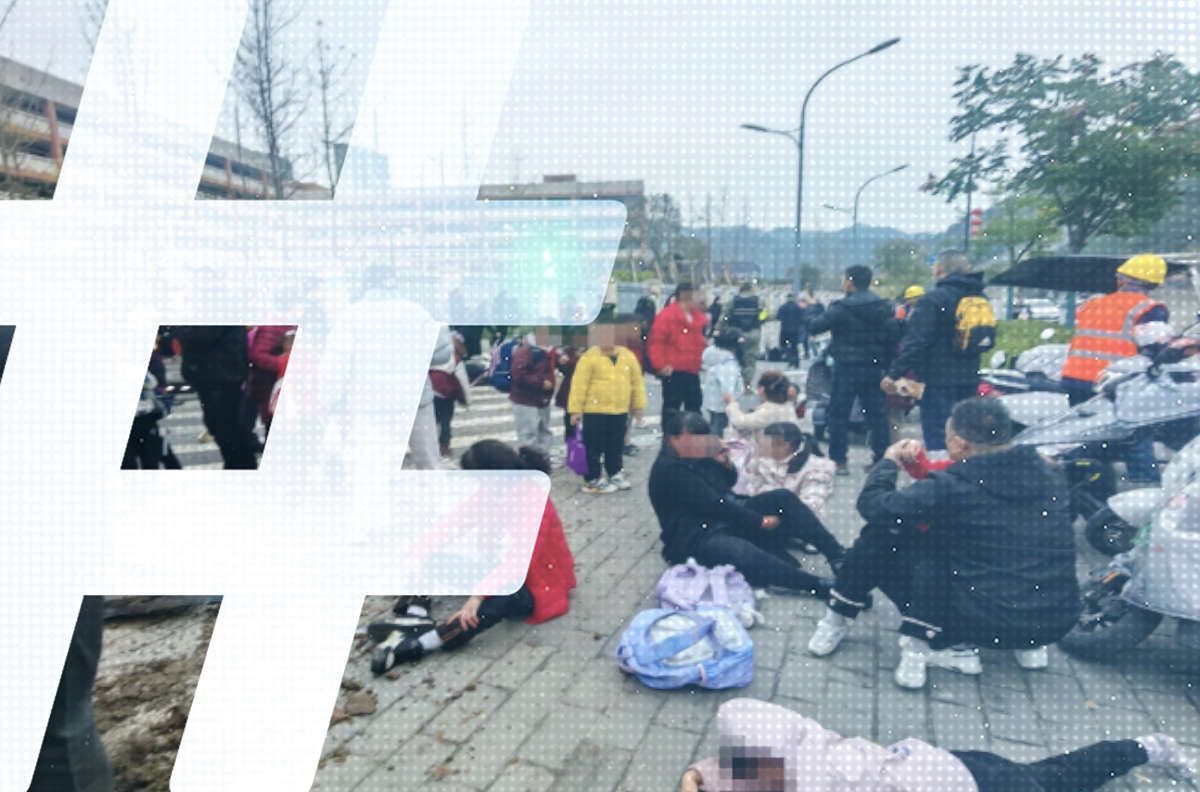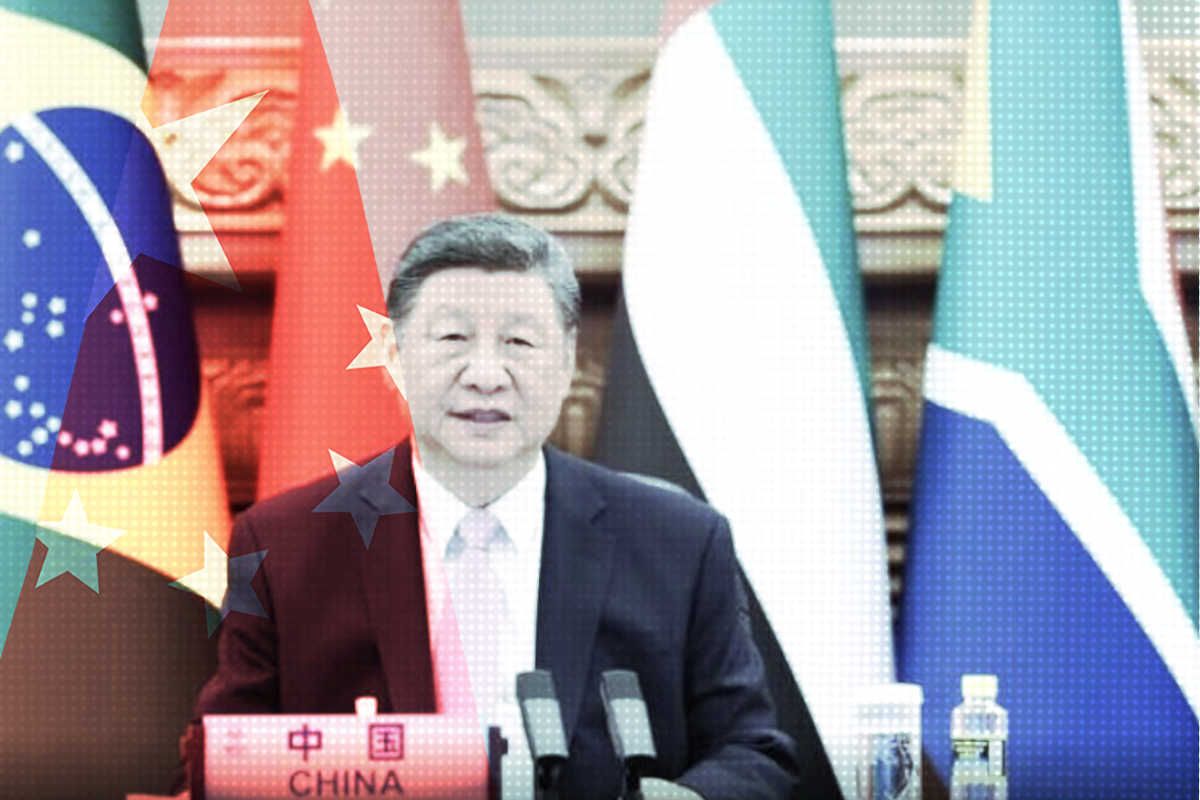Headlines and Hashtags
Learning to live with "extreme ideas"
In this country of ours, the words “extreme”(偏激), “drastic” (过激) and “radical” (激进) are readily linked together with ideas and thoughts, and they all basically imply the same thing. If an individual is seen as someone with extreme ideas or as radical in some way, the general feeling is that something is wrong with this person. At the very least they are asocial, with ideas different from those of the rest of us. However, this idea itself is something that appeared only rather recently in our history.
In ancient times in China, people might say instead that this or that person was “impetuous” (狂狷), “eccentric” (怪癖), or “dissenting and strange to the extreme” (非常异议可怪). And if they reached such a point that they “denied all law and custom” (非圣无法), they could basically be given over into the hands of officials and killed.
What are “extreme ideas”? This is something that has never been clearly defined. In the closing years of the Qing Dynasty, as the very notion of “ideas” was just coming into vogue, one could be seen as harboring “extreme ideas” for cutting off one’s queue or reading banned books. In our ancient schools, of course, failing to respect one’s teacher, or having opinions about the meals served at school could be construed as having “extreme ideas.” For either of these extremes, one could be dismissed from the school entirely. Of course, in those days, if everyone got up in arms and opposed the school’s handling of its extreme students, school authorities were likely to soften under pressure, withdrawing their action and pretending nothing happened.
Things changed in the Beiyang Period (1912-1928) of the Republic Era. At that time, the label “extreme” tended to fall on the heads of girls and young women. If women cut their hair short, they risked not only stares on the street but possible expulsion from school. For men, the boundaries of “extreme ideas” had already widened somewhat. In the countryside, sure, carrying around a copy of the radical magazine New Youth might have been regarded as “extreme,” but the big city schools would look the other way so long as you weren’t advocating the overthrow of the government or calling for Chinese-style anarchism. So long as one stuck to words, and stopped short of taking action, even if the government placed a youngster under arrest schools could generally intervene and influence the outcome.
During the rule of the Kuomintang (KMT) in China (after 1928 to 1949), owing to strict KMT rule, there was an upsurge in students with “extreme ideas” in China’s schools. The vast majority of students dismissed from schools for extreme conduct were guilty of this extreme. Perhaps all of the progressive students and revolutionaries of that period had been expelled from their schools for harboring “extreme ideas.” Some transferred to other schools and continued their studies. Others leapt right into the work of revolution. But of course, the Republic Era was different from the Late Qing in the sense that the reading of this or that book, or this or that magazine, or criticizing the food at school, was all basically safe territory and wouldn’t lead one to be branded an “extremist.” When so-called extremists were turned out, it was usually for really big stuff — such as calling for class boycotts or public demonstrations, that kind of thing.
“Extreme” or “radical” ideas are actually things you can’t put your finger on. First of all, there is no set standard for deciding what is “extreme.” And secondly, no one can agree on exactly who gets to set that standard.
Having extreme or radical ideas is not a crime under the law. And if there is an insistence on assigning guilt on this account, other excuses must be found. In any age, a student branded as extreme or radical might suffer some form of punishment. But this punishment has no basis in the law, and can only arise when those offices wielding power become the law, using regulations as a pretext to settle scores and persecute others. This is the kind of thing we can readily see in the recollections of those who lived through the student movements of the Kuomintang era. In those years, many such evils were perpetrated by student spies and the dean’s offices of our schools.
Actually, when we talk about someone being extreme or radical, we are just talking about someone being a little different from everyone else, and letting this difference show. Let’s imagine, for example, that we have a rotten apple. And perhaps most people think it just needs to be trimmed a bit, cutting out the rotten parts. But along come these people who believe the only thing to be done is to throw the apple away, and the farther away the better. The latter become the extremes. For young people, disallowing extremes amounts to confinement. For a society, it means sclerosis. The extreme and the radical don’t necessarily equate to creativity, but many things that are rich with creative potential test the limits. For generations the creativity of youth has been strangled by the process of socialization. If to that process of socialization we add the pressures of ideology, the violence done to students’ ideas is all the greater.
The comedy and the tragedy of history lies in its tendency to repeat itself. Just as sad and comical is the way we have always gone to extremes in dealing with the extreme and the radical. Only when we as a nation emerge from this morass will we truly find hope. Otherwise, we will only cower in fear, generation after generation, spinning in place.
This article was originally published in Chinese at Southern Metropolis Daily.




















